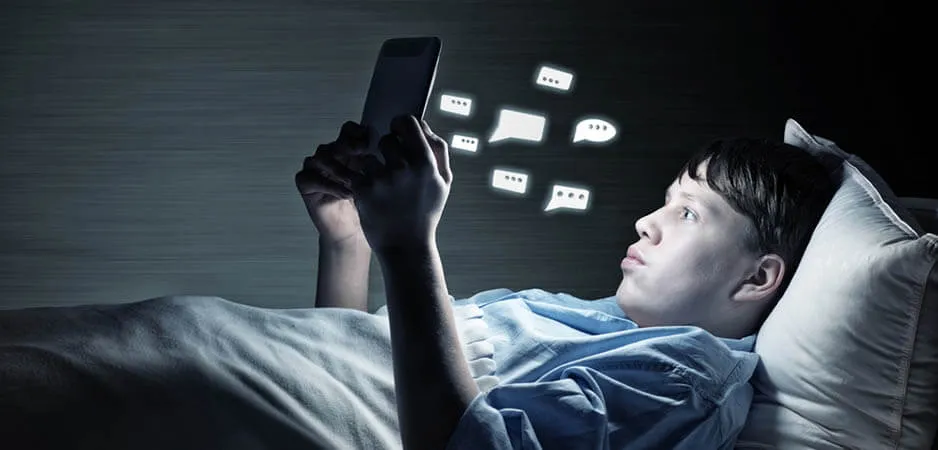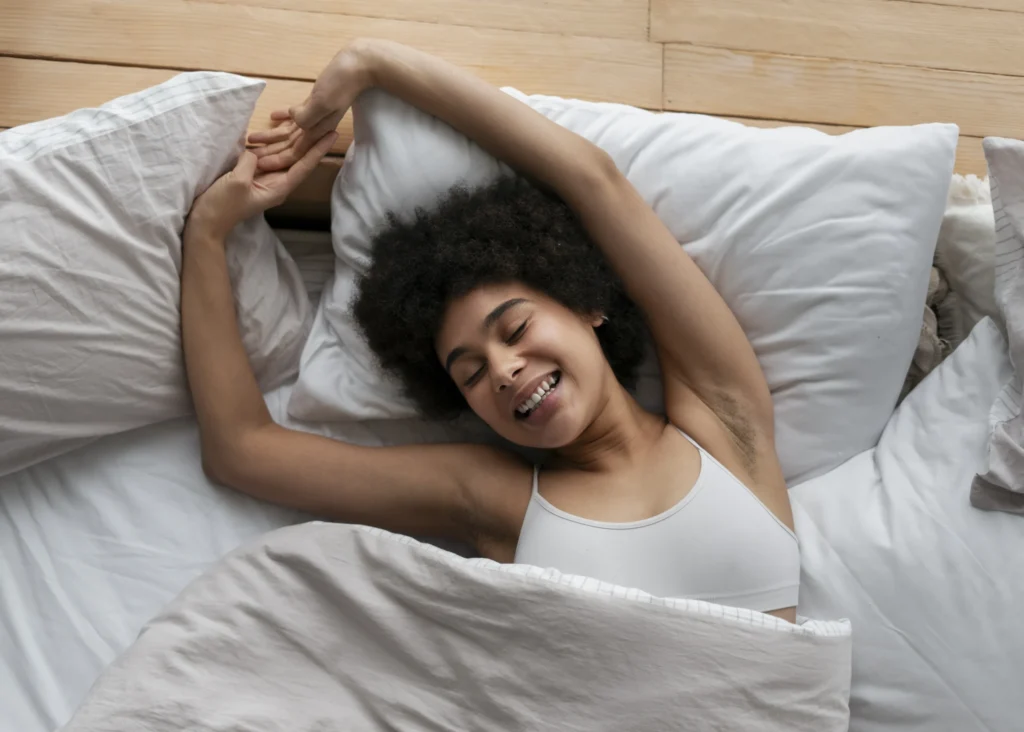Read time : 5.5 minutes

In an age where screens dominate our waking hours, the concept of a digital detox offers a refreshing break. Whether it’s scrolling through social media, answering nonstop messages, or binge-watching the latest show, our devices are ever-present. While technology offers undeniable conveniences, overuse can lead to mental exhaustion, poor sleep, and weakened relationships.
Let’s explore how stepping away—even briefly—can help us feel clearer, calmer, and more connected.
What is a Digital Detox?
A digital detox is the conscious decision to reduce or completely cut off the use of digital devices such as smartphones, tablets, computers, and even television for a set period. It’s not about abandoning technology entirely—rather, it’s about regaining control over how, when, and why we use it.
Why It Matters
Despite being constantly connected, many of us feel more distracted, anxious, and mentally drained than ever before.
- Mental overload: Heavy screen use, especially social media, is linked to anxiety and low mood.
- Sleep disruption: Blue light from devices can interfere with melatonin production, making it harder to sleep.
- Weakened attention: Endless scrolling and multitasking shrink our attention spans.
- Relationship strain: Constant device use during social time—known as phubbing—can harm personal connections (Roberts & David, 2016).
How to Know If You Need One
Each ping, like, and swipe gives your brain a dopamine hit—the same chemical that fuels habits and addiction. Digital platforms are designed to keep us hooked, often leading to compulsive behavior.
A digital detox might be in order if you:
- Feel anxious or lost without your phone
- Mindlessly scroll without realizing it
- Notice your screen time affecting your focus, mood, or relationships
The Benefits of Digital Detox

Even short breaks from digital devices can make a big impact:
- Improved sleep and restfulness
- Elevated mood and reduced anxiety
- Sharper focus and better productivity
- Deeper relationships through in-person interactions
How to Detox (Without Going Off the Grid)
You don’t have to disappear completely. Start with small, doable steps:
- Limit screen time: Use timers or tracking apps to cut back gradually
- Designate tech-free zones: Keep screens out of the bedroom or off the dinner table
- Leverage wellness tools: Try apps like Screen Time or Digital Well-being to monitor habits
- Set expectations: Let friends and colleagues know you’ll be offline at certain times
- Find alternatives: Swap screen time for books, hobbies, or real conversations
Keep It Flexible
A digital detox doesn’t have to be all-or-nothing. Try flexible options like:
- A no-screens evening once a week
- Taking a weekend break from social media
- Avoiding your phone during your morning routine
Even small changes can refresh your mind and improve your digital well-being.
Bottom Line
Choosing a digital detox doesn’t mean rejecting technology—it means using it on your own terms. Whether it’s for an hour, a weekend, or longer, a break from screens helps you reset mentally and emotionally. By making a few mindful changes, you can enjoy all the benefits of being connected—without letting it run your life.
RD, LD Julius Sammah
MyHealthCop Certified Dietician
Ready to Take the First Step?
👉 Book a 1-on-1 Session with any of our Certified professionals to help you start your wellness journey today. [DOWNLOAD THE APP] to get started.